

Օգս . 13, 2025 03:00 Back to list
In an era increasingly defined by sustainability and resource efficiency, the recycling of valuable materials has become paramount. Copper, a critical metal for virtually all modern industries, is at the forefront of this movement. The global demand for copper continues to surge, driven by advancements in renewable energy infrastructure, electric vehicles, and electronics. This burgeoning demand, coupled with finite primary resources, underscores the strategic importance of effective copper recycling. At the heart of this crucial process lies the Copper wire granulator, a machine engineered to transform scrap copper cables and wires into high-purity copper granules, ready for re-entry into the manufacturing cycle. This technology not only addresses environmental concerns by reducing landfill waste but also offers significant economic advantages by providing a cost-effective alternative to virgin copper production. The industry is witnessing a rapid evolution in granulator designs, focusing on enhanced efficiency, higher recovery rates, and reduced operational costs.
Industry trends indicate a strong shift towards automated and integrated recycling solutions. Modern Copper wire granulator systems often incorporate pre-shredding, magnetic separation, and advanced air-flow or electrostatic separation techniques to achieve optimal purity. The market is also seeing an increase in modular designs, allowing businesses to scale their recycling operations according to their needs and the volume of scrap material. Furthermore, regulatory pressures for stricter environmental compliance worldwide are pushing manufacturers to develop machines that meet stringent emission and noise standards, ensuring a safer and more environmentally friendly operation. This technological progression is vital for urban mining initiatives, enabling the extraction of valuable resources from end-of-life products and industrial waste streams.
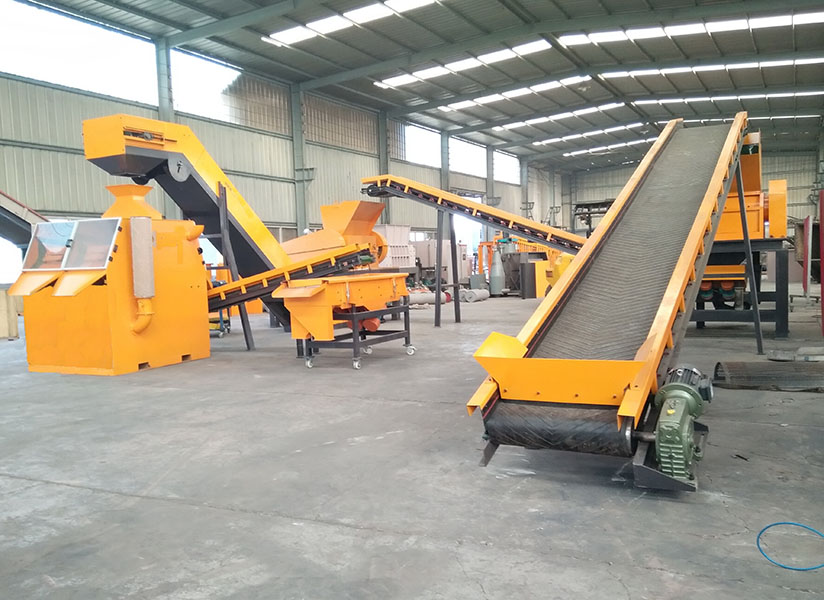
The production of a high-quality Copper wire granulator involves a sophisticated manufacturing process that emphasizes durability, precision, and longevity. Key components, such as the granulating blades, separation tables, and feeder mechanisms, are crafted from robust materials to withstand continuous heavy-duty operation. Manufacturing typically begins with raw material sourcing, often high-grade steel alloys for structural integrity and wear-resistant steels for critical cutting components. Techniques like precision casting and forging are employed to create robust machine frames and rotor housings, ensuring structural stability and vibration damping during operation.
Post-forming, critical components undergo advanced CNC machining processes to achieve extremely tight tolerances, crucial for the efficient and precise separation of copper from insulation. For instance, the gap between the rotor knives and fixed knives must be meticulously set to optimize cutting efficiency and minimize copper loss. Heat treatment processes, such as quenching and tempering, are applied to cutting blades and wear parts to enhance their hardness and abrasion resistance, significantly extending their service life. This meticulous attention to material science and engineering ensures the granulator's ability to consistently process diverse types of scrap wire, from fine hair wires to large industrial cables.
Every Copper wire granulator unit undergoes rigorous quality control inspections at various stages of production. This includes material composition analysis, dimensional accuracy checks, and non-destructive testing (NDT) to detect any internal flaws. Final assembly includes comprehensive functional testing, assessing the machine's capacity, energy consumption, noise levels, and the purity of the separated copper granules. Adherence to international standards such as ISO 9001 for quality management and ISO 14001 for environmental management is crucial, ensuring that the machines not only perform optimally but also contribute to sustainable practices. Some manufacturers also pursue ANSI standards for specific mechanical components to guarantee interchangeability and reliability.
The typical service life of a well-maintained Copper wire granulator is often 10-15 years, with critical wear parts designed for easy replacement to prolong the machine's operational lifespan. These machines are particularly suited for a diverse range of industries, including metal recycling facilities, electronic waste processing plants, construction and demolition companies, and even large-scale electrical contractors. In applications such as the petrochemical or metallurgy sectors, where large volumes of discarded copper cables from infrastructure upgrades or plant decommissioning are common, the granulator offers significant advantages. Its ability to process various wire types efficiently contributes to energy savings by reducing the need for virgin material production and provides an environmentally friendly solution for managing metallic waste. Moreover, the robust construction ensures resistance to corrosive industrial environments, minimizing downtime and maintenance costs.
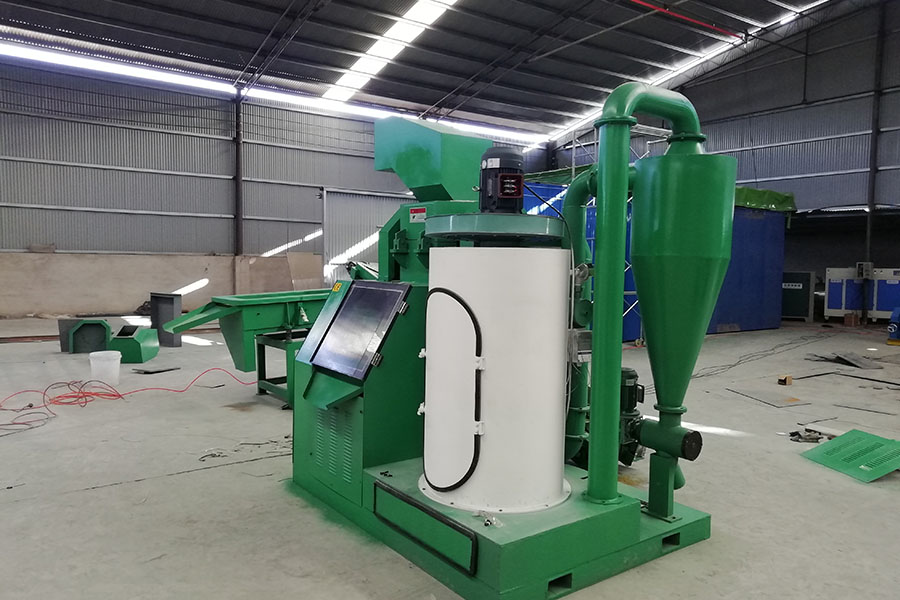
Understanding the technical parameters of a Copper wire granulator is crucial for selecting the right machine for specific operational needs. These specifications dictate the machine's capacity, efficiency, and the quality of its output. Below is a table outlining typical specifications for various models, demonstrating the range of capabilities available in the market. These parameters allow businesses to project throughput, power consumption, and overall return on investment.
Beyond these core specifications, advanced Copper wire granulator models often feature PLC (Programmable Logic Controller) integration for automated operation, fault diagnosis, and remote monitoring capabilities. Variable Frequency Drives (VFDs) are increasingly used to optimize motor speed, reducing energy consumption and adapting to different material types. The combination of high-quality components and intelligent control systems ensures that these granulators deliver exceptional performance with minimal operational oversight.
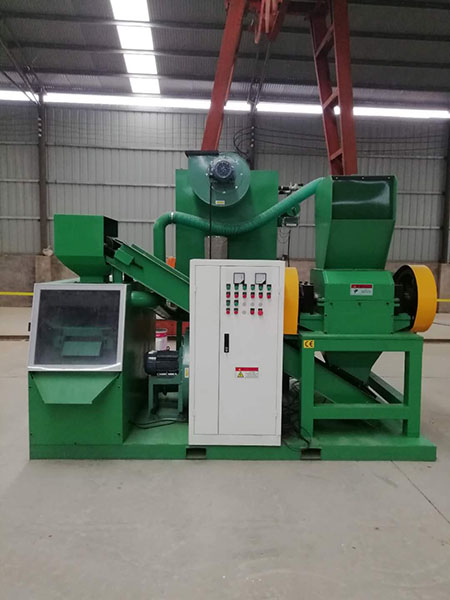
The versatility of the Copper wire granulator makes it an indispensable asset across a wide array of industries. Its primary function is to efficiently separate copper metal from various forms of insulated wire, including household cables, communication cables, automotive wiring harnesses, and industrial power cables. This capability is critical in the following sectors:
The economic benefits in these applications are substantial. By turning what was once a low-value waste product into a high-purity, marketable commodity, businesses can significantly improve their bottom line. Furthermore, contributing to the circular economy by recycling copper reduces the energy-intensive process of mining and refining virgin copper, leading to a smaller carbon footprint and overall environmental betterment. The adaptability of modern Copper wire granulator systems, capable of handling varying insulation types (PVC, rubber, XLPE) and wire sizes, ensures their relevance across these diverse and dynamic industries.
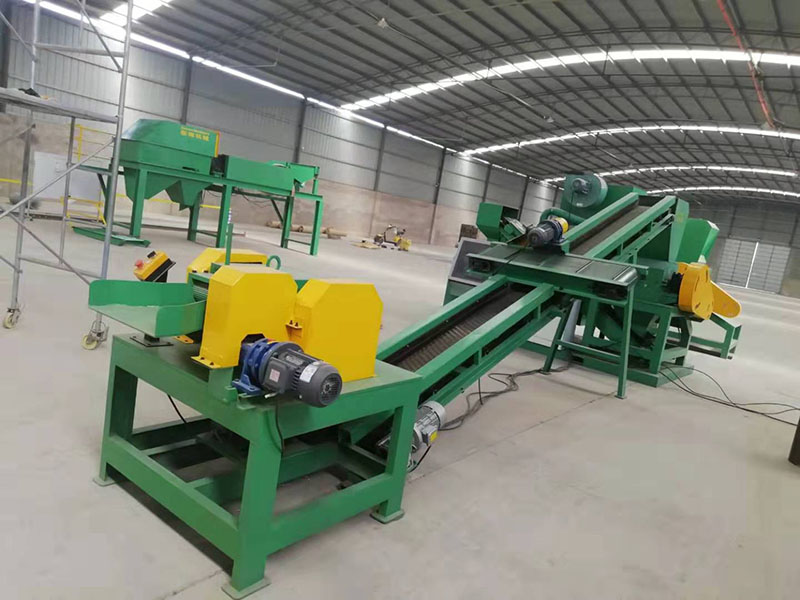
Modern Copper wire granulator systems are designed with several inherent technical advantages that contribute to their superior performance and operational efficiency. These features are critical for maximizing copper recovery rates while minimizing energy consumption and environmental impact.
These technical advantages collectively position the Copper wire granulator as a leading solution for sustainable resource recovery, delivering both environmental benefits and strong economic returns for recycling operations worldwide. The emphasis on high recovery rates and low operational costs makes it a compelling investment for businesses looking to capitalize on the growing copper recycling market.
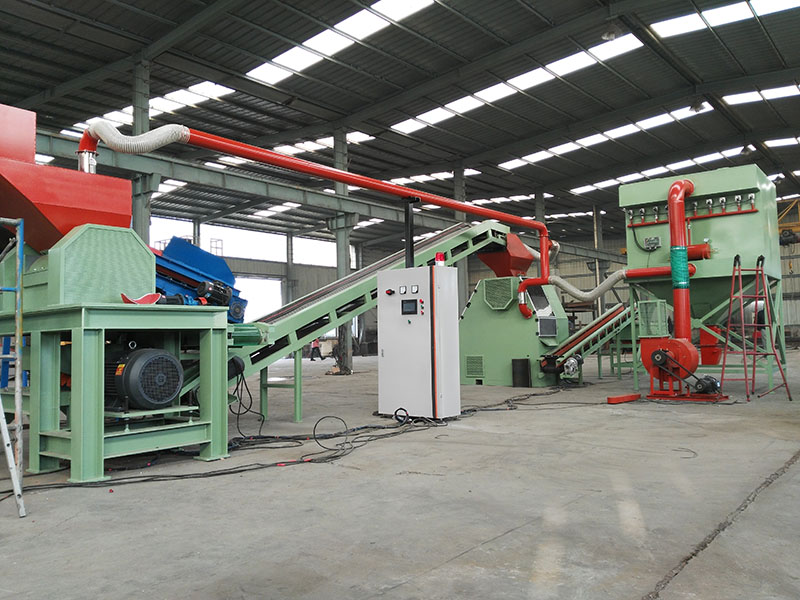
Choosing the right Copper wire granulator involves more than just reviewing technical specifications; it requires a deep understanding of manufacturer capabilities, after-sales support, and the potential for customized solutions. While several manufacturers globally offer granulating equipment, their approaches to design, build quality, and customer service can vary significantly. Key differentiators include the use of proprietary separation technologies, the integration of smart factory concepts, and commitment to long-term client partnerships.
Reputable manufacturers often boast decades of experience in the recycling machinery sector, evidenced by a strong portfolio of successful installations and a global service network. Look for companies with robust R&D departments that continually innovate, pushing the boundaries of separation efficiency and energy reduction. A critical aspect of evaluating a manufacturer is their ability to offer customized solutions. Not all scrap wire streams are identical; some facilities may primarily handle fine communication wires, while others process heavy industrial cables. A leading manufacturer should be able to configure a Copper wire granulator system that precisely matches the client's specific input material, desired output purity, and available operational footprint. This might include:
Engaging with a manufacturer that offers detailed feasibility studies, site assessments, and comprehensive project management ensures that the chosen Copper wire granulator system is not just a piece of equipment, but a fully integrated solution designed for optimal performance and profitability within your specific operation. Our company, for instance, has over two decades of experience serving the global recycling industry, with installations across multiple continents. This extensive service background underpins our commitment to authoritative solutions.

The true testament to a Copper wire granulator's effectiveness lies in its performance in real-world operational environments and the satisfaction of its users. Our experience demonstrates consistent success across various scales and industries. For example, a large-scale e-waste recycling facility in Germany integrated our OW-C1200 model, which significantly increased their copper recovery rate from mixed communication cables by 15% within the first six months, leading to an estimated annual revenue increase of €500,000 from higher purity copper sales. The facility reported minimal downtime, attributing it to the robust design and the effectiveness of our predictive maintenance alerts.
"Before installing the OW granulator, our copper purity was inconsistent, impacting our profit margins. Now, we consistently achieve 99.8% purity, and the system's energy efficiency has cut our operational costs considerably. The support team has been exceptional." - Operations Manager, European Recycling Group.
Another notable case involved a small to medium-sized metal scrap yard in the United States, which opted for our OW-C600 Copper wire granulator. This client previously relied on manual stripping and burning methods, which were environmentally harmful and inefficient. Post-installation, they achieved a processing capacity of 150 kg/h for various household and industrial wires, transforming their operations into a clean, profitable, and compliant recycling hub. The immediate return on investment was apparent, with the machine paying for itself within 18 months through increased scrap value and reduced labor costs. These practical examples underscore the tangible benefits, from enhanced profitability to improved environmental stewardship, that businesses can realize through advanced granulation technology.
Our service cases extend globally, reflecting our ability to adapt to diverse regional requirements and provide comprehensive support. We work closely with clients from initial consultation and site planning through installation, commissioning, and ongoing technical assistance. This hands-on approach, combined with our rigorous adherence to quality and performance, has fostered long-term partnerships with leading recycling companies and industrial players worldwide, solidifying our authoritative standing in the market.
We are committed to providing a seamless customer experience from purchase to post-installation support. Our standard delivery cycle for most Copper wire granulator models ranges from 4 to 8 weeks, depending on customization requirements and current production schedules. Expedited options are available upon request. Each machine is meticulously packed for international shipping to ensure it arrives in pristine condition.
Our confidence in the quality and durability of our equipment is backed by a comprehensive warranty commitment. All new Copper wire granulator units come with a 12-month warranty on major components (excluding wear parts), covering manufacturing defects and malfunctions under normal operating conditions. Extended warranty options and service contracts are also available for long-term peace of mind.
Customer support is a cornerstone of our service philosophy. Our dedicated technical support team is available to assist with installation guidance, operational training, troubleshooting, and spare parts supply. We offer multi-channel support including phone, email, and remote diagnostics for quick problem resolution. For complex issues, our experienced engineers are available for on-site visits and maintenance services globally. This comprehensive approach to support ensures maximum uptime and operational efficiency for your investment in a Copper wire granulator.
The Copper wire granulator represents a pivotal technology in the modern recycling landscape, offering an efficient, environmentally responsible, and economically viable solution for managing copper wire waste. As global resource demands intensify and environmental regulations tighten, the role of advanced granulation systems will only grow in importance. Investing in a high-quality granulator is not merely a purchase of machinery; it is an investment in sustainable operations, enhanced profitability, and a contribution to a circular economy. With continuous innovations in design, material science, and automation, these machines are set to define the future of copper recycling.
Latest news
Troubleshooting Common Eddy Separator Problems
NewsJul.04,2025
The Role of Metal Recycling Plants in Circular Economy
NewsJul.04,2025
The Impact of Recycling Line Pickers on Waste Management Costs
NewsJul.04,2025
Safety Features Every Metal Shredder Should Have
NewsJul.04,2025
How Industrial Shredders Improve Waste Management Systems
NewsJul.04,2025
How Cable Granulators Contribute to Sustainable Recycling
NewsJul.04,2025